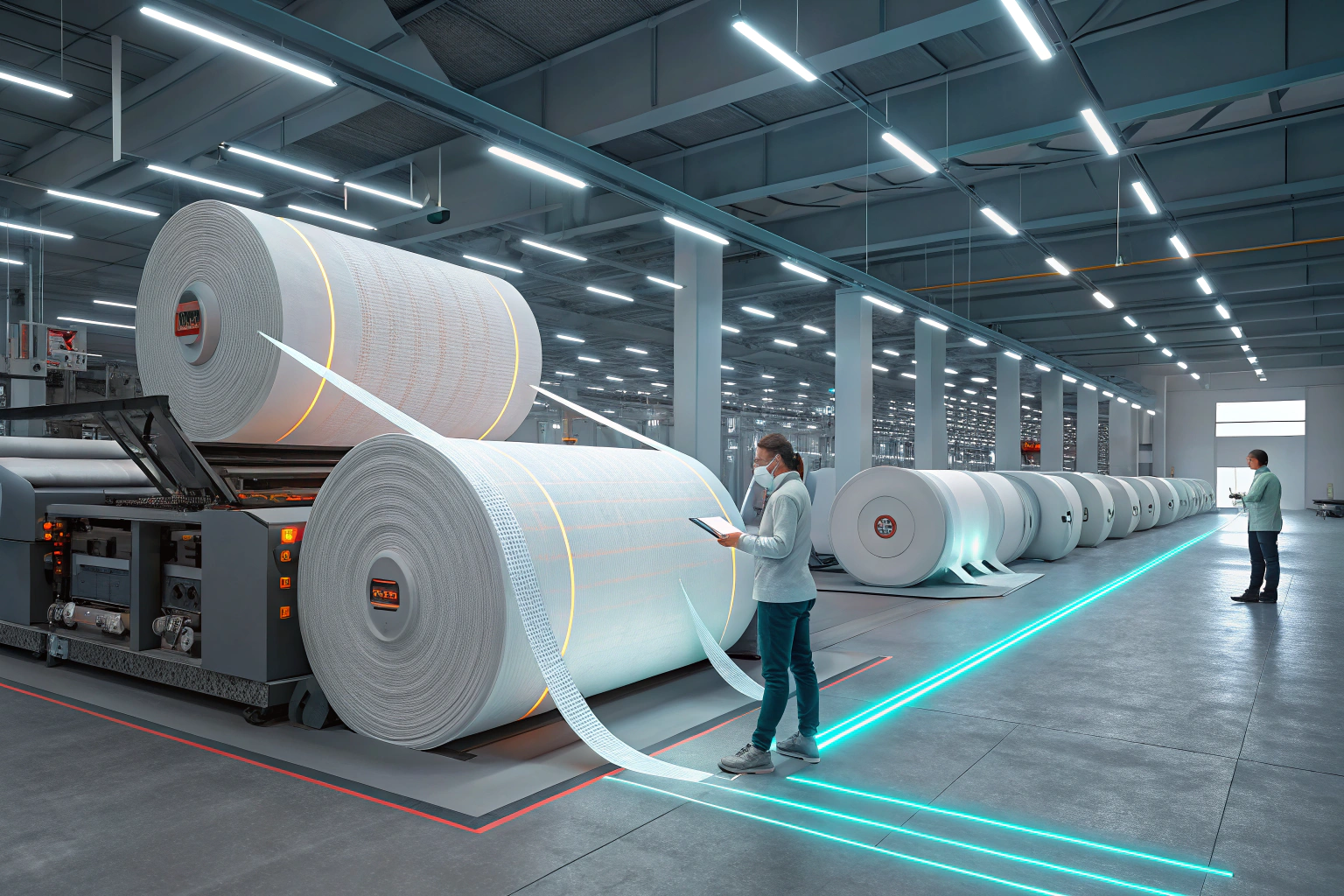In the fast-changing world of smart textiles, one question comes up often: where can we actually find conductive, pressure-sensitive e-foam fabrics? These advanced textiles are not just trendy; they are essential for industries that need wearables, medical sensors, and flexible electronics. The demand is growing, but many buyers still find the sourcing process confusing and slow.
The short answer is that conductive pressure-sensitive e-foam textiles are available from specialized textile innovators, advanced material suppliers, and online wholesale markets. Research labs, smart fabric producers, and global distributors are making them easier to access than ever before.
For buyers like fashion brands, sportswear innovators, and tech startups, knowing the right suppliers and applications can save time, cut costs, and reduce risks. In this article, I will break down the key places where these innovative textiles can be sourced, what features to look for, and how to choose the best fit for your business.
Academic Research on E-Foam Textiles
In today’s textile innovation race, research institutions are leading the way. Many companies and entrepreneurs still overlook universities as a source of practical solutions, but these labs are where breakthroughs first appear.
The best place to find early-stage conductive e-foam textiles is through academic collaborations with leading universities and R&D centers. These labs are developing fibers and coatings with extraordinary sensitivity and durability, setting the foundation for future commercial use.
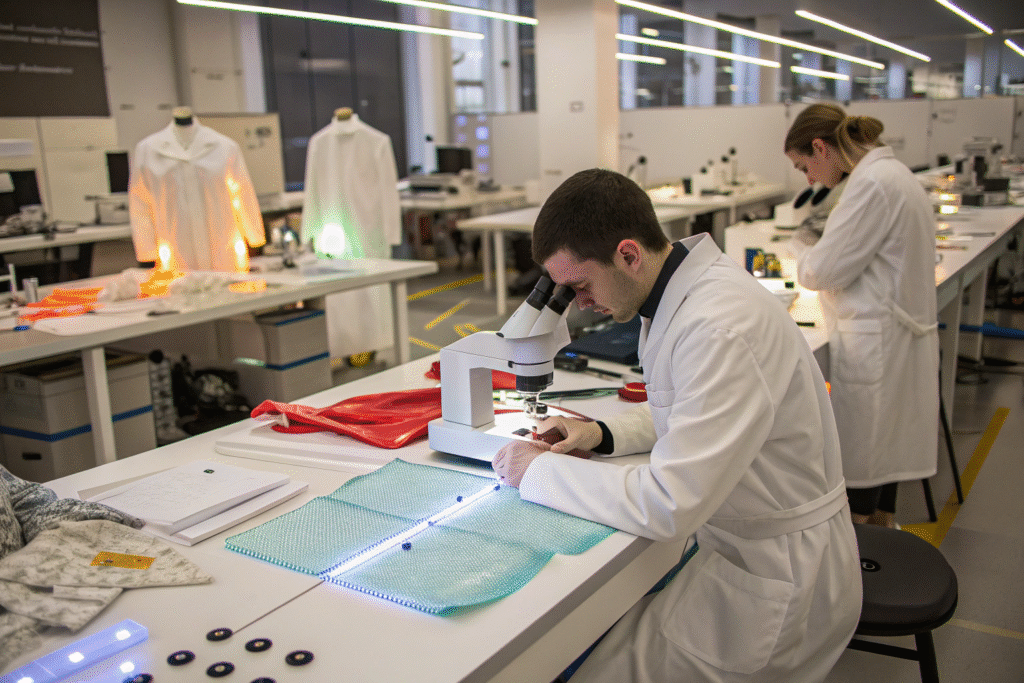
Research is not just about theory; many labs offer pilot samples and licensing opportunities. If you are looking for the next big material for wearables or healthcare applications, this is where the search should start.
What breakthroughs are happening in universities?
Universities like Stanford and Yonsei have published pioneering work in conductive foams. For instance, graphene-coated porous foams can detect extremely low pressure with high sensitivity. These are already being tested for biomedical sensing and robotics. Collaborations with labs can sometimes give companies exclusive access to patents before they reach the market. A recent paper in ScienceDirect shows how carbon nanotubes can transform nonwoven fabrics into washable, flexible sensors. Another project documented in arXiv introduces e-foam that is ultralight yet highly conductive.
Can academic samples be scaled for industry?
One challenge is scaling from lab to industry. Universities often provide only small-scale prototypes. However, many are open to joint ventures with manufacturers. This is where companies like ours come in—we have the production capacity to take lab concepts into real market fabrics. Institutions also connect buyers with spin-off startups, making commercialization easier. Details about graphene and nanomaterial fabrics can also be found at X-MOL.
Specialized Smart Textile Suppliers
If research feels too early-stage, there are companies focused entirely on e-textiles. They provide ready-to-use fabrics, coatings, and custom solutions.
Specialized suppliers are the most direct source for high-quality conductive pressure-sensitive e-foam textiles. These companies bridge the gap between science and market, offering certified, tested, and scalable products.
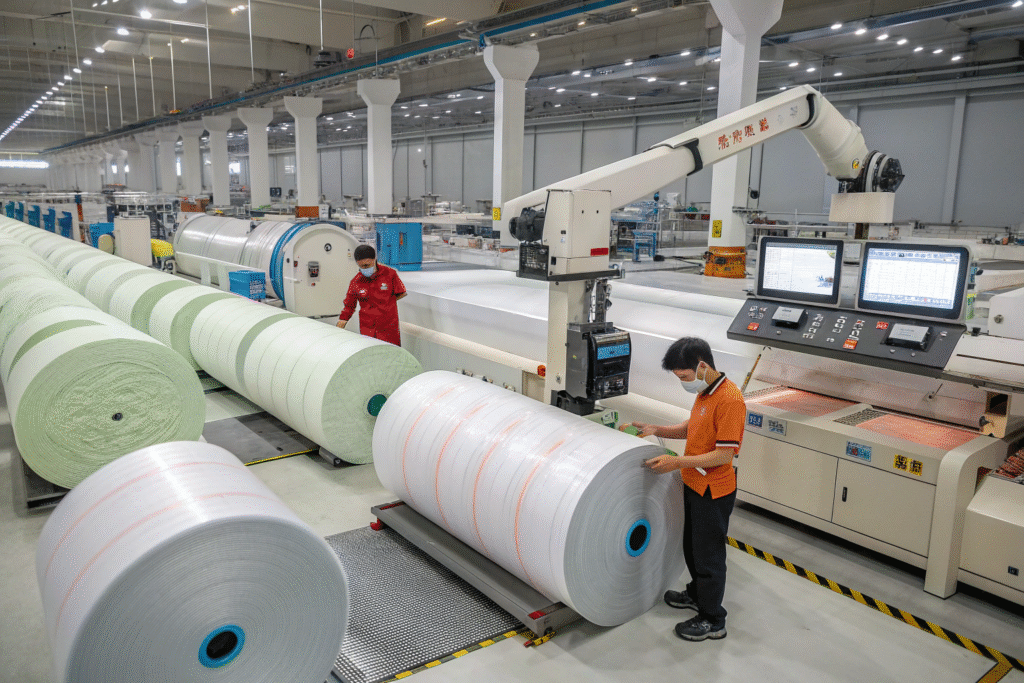
Unlike academic labs, these suppliers understand commercial needs: MOQ requirements, delivery schedules, and certification compliance.
Which companies are leading this niche?
One of the most recognized is Eeonyx, a California-based company that makes conductive coatings for textiles. Their fabrics are already used in aerospace, defense, and wearable technology. More details are available on their site Eeonyx.com. Another well-known company, Schoeller Textiles, specializes in functional fabrics with electronic integration, which you can explore at Schoeller Textiles.
How do specialized suppliers guarantee quality?
These companies focus on certifications and testing. Most of them comply with RoHS and REACH standards, making the fabrics safe for international use. They also provide technical datasheets, trial yardage, and small-batch customization for startups. For larger companies, they offer bulk production contracts. A comprehensive overview of smart fabrics can also be found on Textile World.
Wholesale and Industrial Foam Distributors
Sometimes buyers need fast, affordable solutions instead of custom high-tech ones. Wholesale distributors and industrial foam suppliers make this possible.
For buyers who want conductive foam textiles in bulk, wholesale markets and industrial suppliers are the most accessible route. They provide cost-effective, scalable options, often available in standard rolls or sheets.
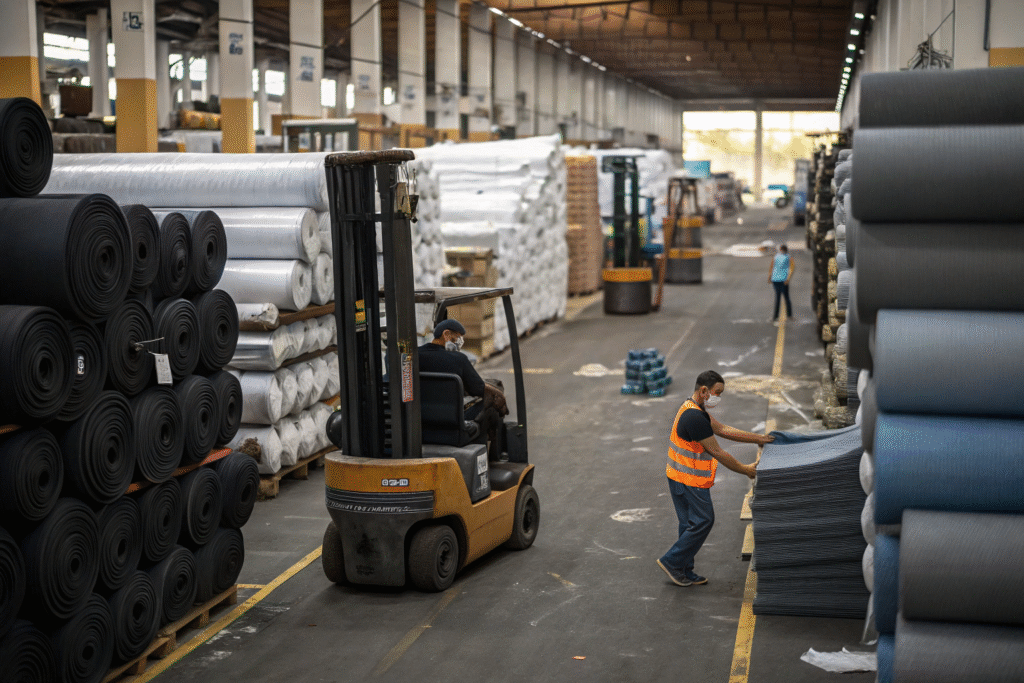
These distributors may not always match the innovation level of labs, but they are reliable when speed and price matter most.
Where can I buy wholesale conductive foams?
Platforms like Alibaba have multiple verified suppliers for conductive foams. Buyers can find both low-cost standard foams and advanced customized versions. A direct search on Alibaba will reveal hundreds of options. Another industrial provider is Glocom Engineering, specializing in nickel-copper plated polyurethane foams, as detailed on Glocom.com.
Are wholesale options reliable for high-tech applications?
The answer depends on the buyer’s needs. Wholesale foams are reliable for EMI shielding, packaging, and insulation, but they might not meet the advanced sensitivity levels needed for wearables. Still, many suppliers are open to customization, such as adding coatings or lamination. Buyers who need specific testing certifications should negotiate these terms before placing orders.
DIY and Maker-Friendly Materials
Not all users are large-scale buyers. Innovators, startups, and hobbyists often look for low-cost, easy-to-use materials for prototypes.
DIY-friendly materials like Velostat and conductive elastomers are the most popular choice for early testing and rapid prototyping. They are affordable, widely available, and perfect for experimenting before moving to industrial suppliers.
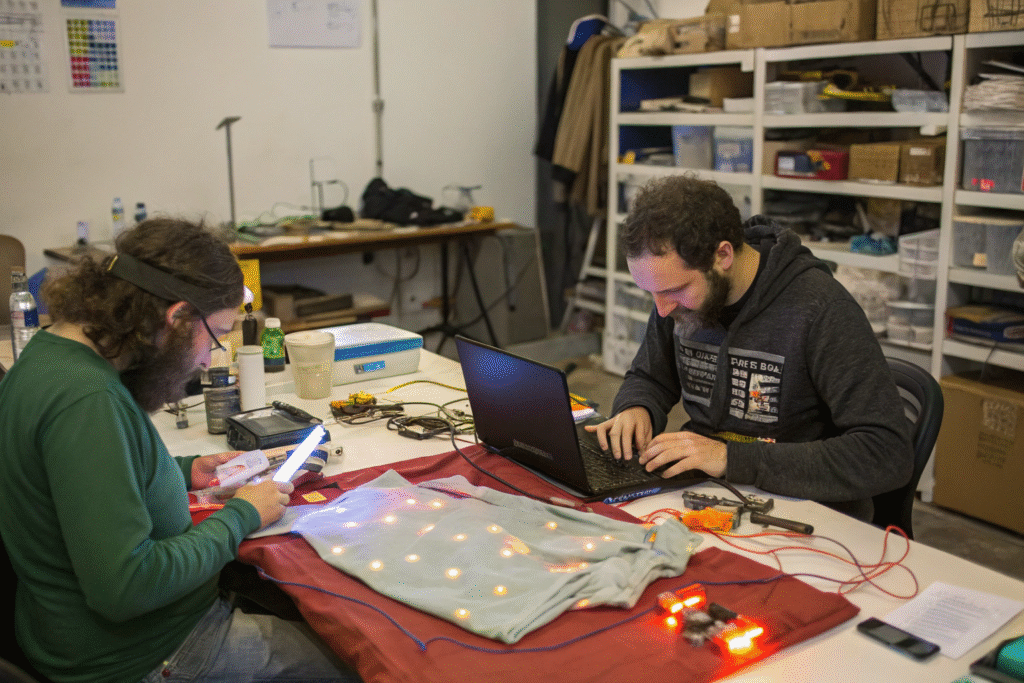
These materials are often used in Arduino or Raspberry Pi projects, robotics, and small-scale wearables.
What is Velostat and why is it popular?
Velostat is a carbon-impregnated polymer that changes resistance under pressure. It is cheap, flexible, and easy to integrate into small circuits. Makers often use it for custom controllers, gaming pads, or even pressure-sensing shoes. A detailed description is available on Wikipedia. Many tutorials also show integration with Arduino, making it accessible even for non-engineers.
Can conductive elastomers replace advanced foams?
Conductive elastomers are rubbers loaded with carbon or metallic particles. They provide both flexibility and conductivity. These are useful for gaskets, seals, and pressure sensors. However, their performance is not always as consistent as specialized foams. More technical details can be found at Wikipedia Conductive Elastomer. For many small projects, they are good alternatives until larger investments are made.
Conclusion
Finding conductive pressure-sensitive e-foam textiles depends on your stage and scale. Academic labs provide cutting-edge innovations, specialized suppliers deliver market-ready solutions, wholesale distributors ensure affordability, and DIY materials help with fast prototyping. Each path has its own strengths and limits.
If you are a fashion brand, tech startup, or industrial buyer looking for reliable sourcing, our company Shanghai Fumao can help bridge the gap. We have long-term partnerships with advanced textile innovators, as well as strong manufacturing capacity in China. For custom development or wholesale orders, please contact our Business Director Elaine at elaine@fumaoclothing.com. Together, we can turn your next textile idea into reality.

